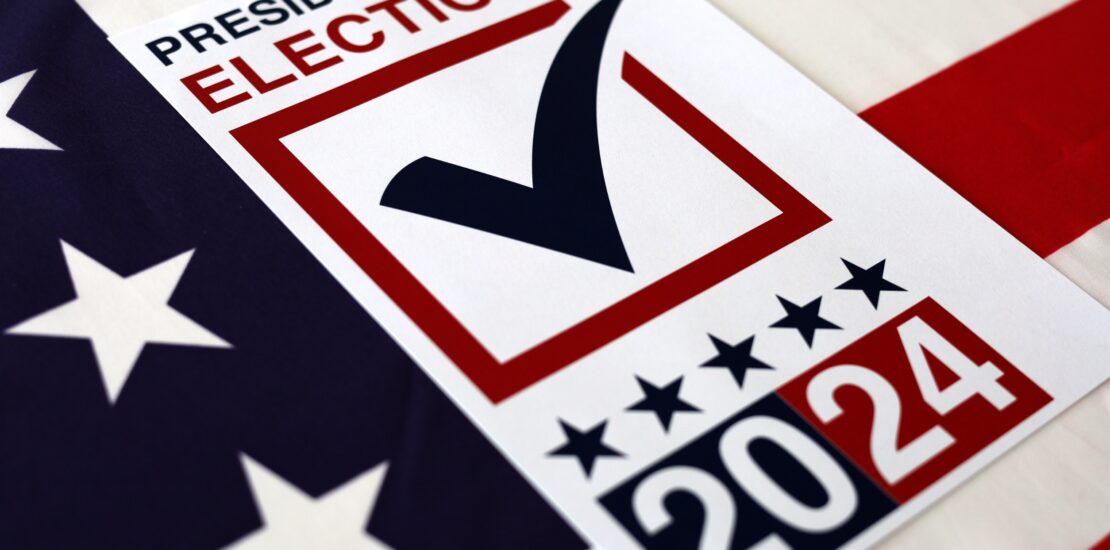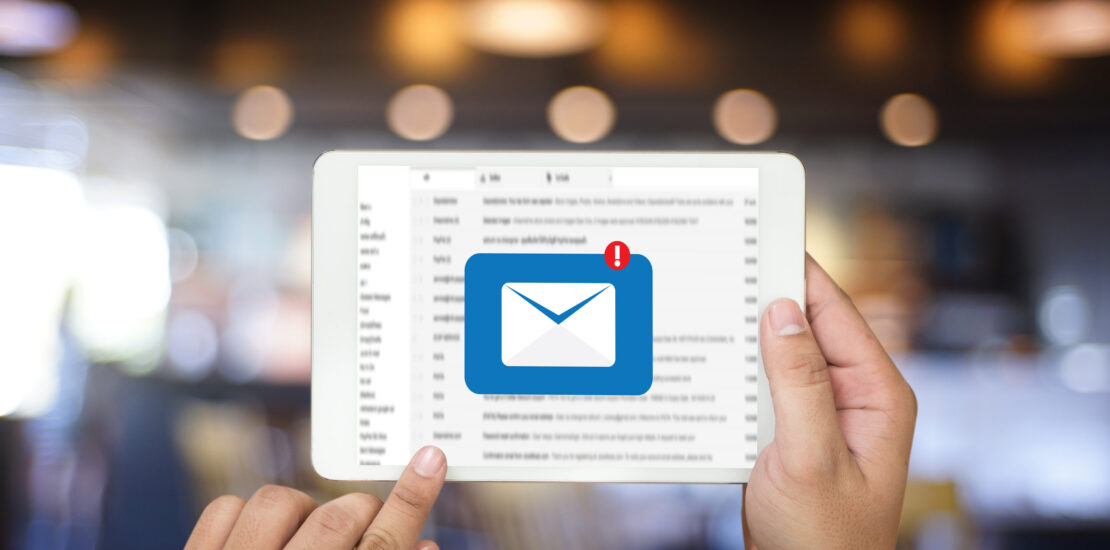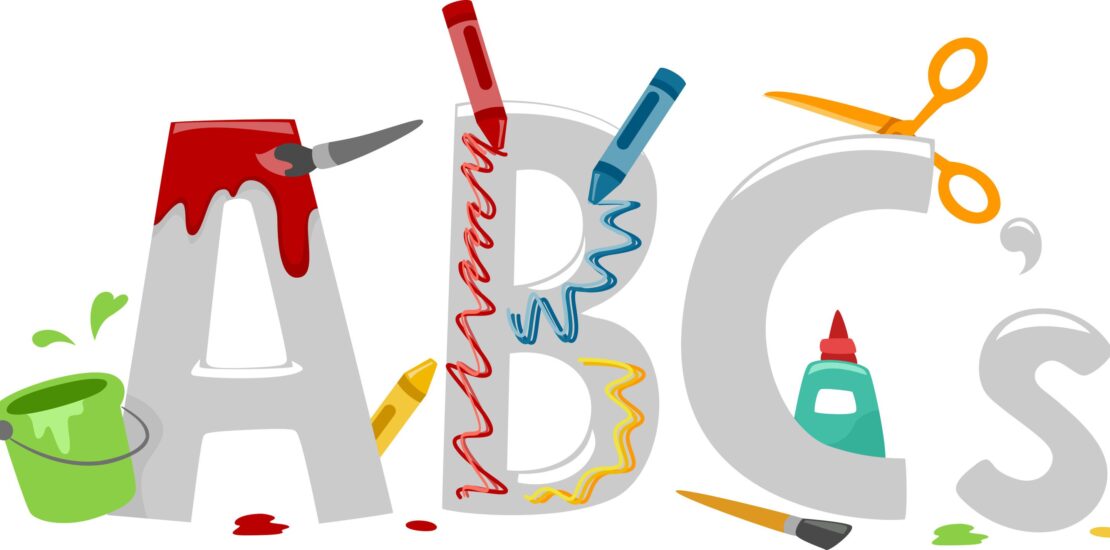prospecting
-
Trump, The Iowa Caucus, and Sales Improvement
- January 16, 2024
- Posted by: Dave Kurlan
- Category: Understanding the Sales Force

This course is the most fun you could ever have while going through sales training! But it is so much more than fun and entertainment. There are powerful selling lessons in each clip, and despite the fun, you will become more effective at all aspects of selling. It doesn’t matter how long you have been in sales, what you sell, who you sell it to, the length of your sales cycle or the cost of your product or service. Nor does it matter where your competency gaps are.
-
The Best Sales and Sales Leadership Content of 2023
- December 11, 2023
- Posted by: Dave Kurlan
- Category: Understanding the Sales Force

Welcome to my annual list of the best sales and sales leadership content of 2023. This year’s list has thirteen entries, including articles, videos, and LinkedIn posts. There are several categories including Most Read, Most Liked, Most Engagement, Best Quality and Personal Favorite. Ready?
-
My Latest on Using Email to Book New Meetings
- November 29, 2023
- Posted by: Dave Kurlan
- Category: Understanding the Sales Force

Salespeople have been spoiled by inbound leads, outbound emails, and BDRs generating leads for them. As a result, those in sales for fewer than ten years never learned how and suck at cold calling. Those who used to cold call but have since stopped, forgot how to and also suck at cold calling.
-
The Bob Chronicles – The Difference Between Selling Skills and Effectiveness
- October 12, 2022
- Posted by: Dave Kurlan
- Category: Understanding the Sales Force

Today a client asked me to explain the difference between skills and effectiveness. You won’t find the answer by doing a Google search as that search turns up exactly nothing on the subject. This article will discuss the similarity between symptoms/causes and skills/effectiveness. Do you remember Bob, the subject of many articles and my favorite weak salesperson to write about?
Bob strikes again!
I’ve written 10 articles about Bob and everyone says that the Bob series is their favorite.
-
The Many Different Selling Roles and How They Differ – Part 1
- July 27, 2022
- Posted by: Dave Kurlan
- Category: Understanding the Sales Force

The same kind of thinking is required when thinking about the various roles of salespeople. We can name them: Account Executive, Territory Manager, Business Development Rep, Sales Development Rep, Account Manager, Key Account Manager, National Account Manager, Channel Manager, Application Engineer, Sales Consultant, Inside Sales, Outside Sales, and more.
To further complicate things, in some companies and industries, Sales Managers function as salespeople and Sales VPs function as Sales Managers.
While the above roles have selling as a primary responsibility, there are as many differences to selling roles as there are differences to the class or style of cars. Today, we’ll explore the difference between an Account Executive and a Business Development Rep.
-
The Cold Email I Read Through to the End – Is There Hope for Salespeople and Marketers?
- February 22, 2022
- Posted by: Dave Kurlan
- Category: Understanding the Sales Force

Sunday I received a cold email, generated using AI that was actually personalized. Not with just my name, but it included information about my company, where I attended college and more. While I still have no interest or need for the service being pitched, I actually read it instead of deleting it. Here’s what it said:
-
The Difference Between CyberThieves, Hackers and Most Salespeople
- February 10, 2022
- Posted by: Dave Kurlan
- Category: Understanding the Sales Force

On the one hand, I am shocked and chagrinned that the insurance company would use salespeople as a reference point for hackers. You could not possibly understand the degree to which It bothers me.
On the other hand, you and I both know that if salespeople worked as methodically, consistently, aggressively, effectively, and efficiently as the hackers do, we would double our revenue.
-
Follow This Advice to Schedule More Meetings and Spend Less Time Doing It
- August 25, 2021
- Posted by: Dave Kurlan
- Category: Understanding the Sales Force

Regular readers know that I’m all about the data and I have written nearly two thousand articles based on data from Objective Management Group’s (OMG) assessments of more than two million salespeople. Occasionally however, I see data where incorrect conclusions have been reached and like the toad on the window, my conclusions run counter to theirs. One such example is a beautiful infographic from sales playbook company Xant. I am going to share some of their data, graphics and conclusions and I’ll provide my counter argument to their conclusions.
-
Nothing Beats This One Tool When You Can’t Sell Face to Face
- August 19, 2021
- Posted by: Dave Kurlan
- Category: Understanding the Sales Force

There are some misguided selling strategies that can be undone and in today’s article we’ll discuss the benefits of the single tool that is the real deal and a huge difference maker.
-
First Steps to Generate More Sales Opportunities Today
- November 5, 2020
- Posted by: Dave Kurlan
- Category: Understanding the Sales Force


